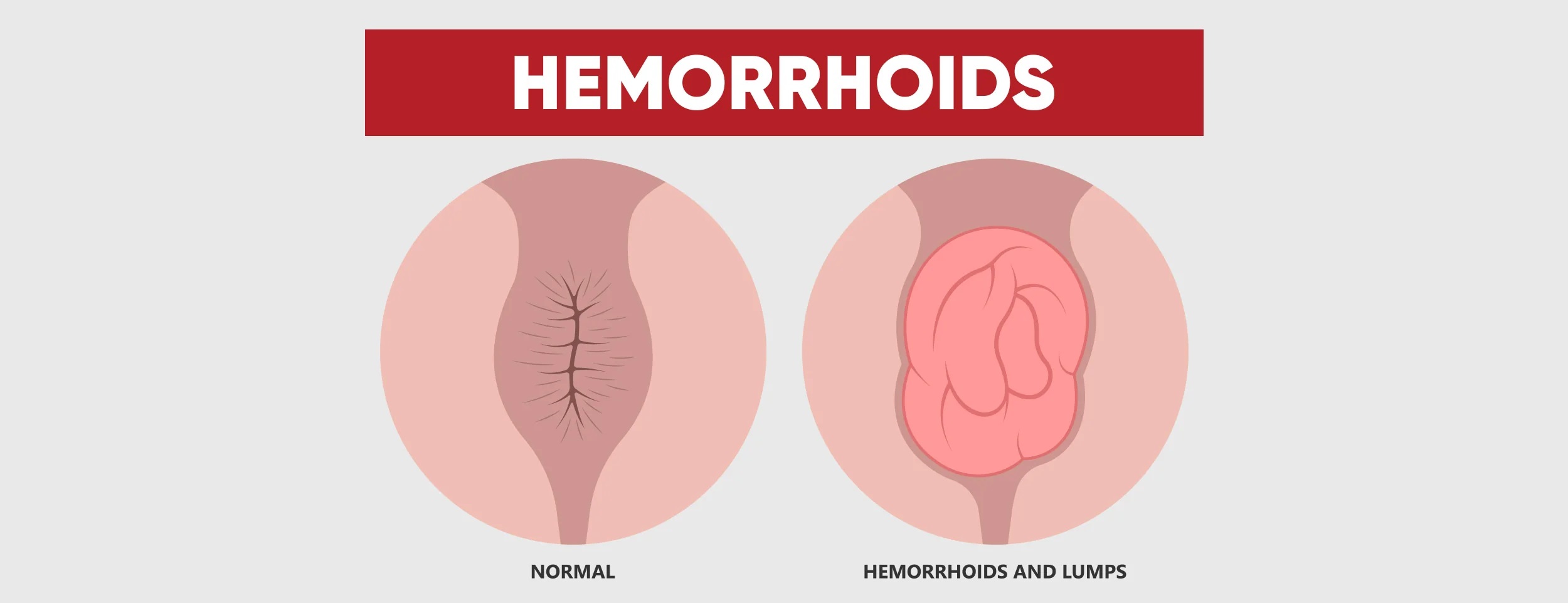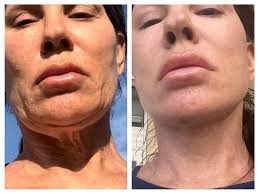If you’ve ever experienced a little discomfort down there, you’re not alone. Hemorrhoids are surprisingly common—like, “everyone has them, but no one talks about them” common. While they might sound a bit taboo, it’s crucial to understand what they are, especially if you’re dealing with the itch, pain, or just plain awkwardness that comes with them.
Let’s dive into what external hemorrhoids look like, especially in women, how to identify them, and what treatments can help get you back to feeling like yourself.
What Are External Hemorrhoids?
Before we delve into the visuals and treatments, let’s clarify what external hemorrhoids are. Hemorrhoids are swollen veins in the lower rectum and anus. Think of them as the varicose veins of the nether regions. They can occur inside the rectum (internal hemorrhoids) or outside, which is what we’re focusing on today.
External hemorrhoids occur when the blood vessels around the anus become swollen and inflamed, often due to increased pressure from factors like straining during bowel movements, pregnancy, obesity, or sitting for prolonged periods. Yes, that’s right—too much time scrolling through TikTok can contribute!
What Do Hemorrhoids Look Like?
Now that we have a grasp on what they are, you’re probably wondering, “What do hemorrhoids look like?” Spoiler alert: they’re not exactly pretty. Imagine a small lump or swelling that may appear purple or blue, often resembling grapes or a small balloon. These lumps can be sensitive to the touch and may cause pain, itching, or bleeding, especially during bowel movements.
Actual Pictures of Hemorrhoids
While I can’t share actual pictures of hemorrhoids, a quick internet search will reveal a plethora of images that depict these pesky little nuisances. Seeing these images can help you identify whether what you’re experiencing aligns with what you find in your research.
But remember, don’t go down the rabbit hole for too long—there’s a limit to how much anatomy education one can take in a single sitting!
What Do Hemorrhoids Look Like on a Woman?
When it comes to identifying external hemorrhoids in females, the appearance is generally the same as it is for everyone. However, hormonal changes during menstruation or pregnancy can sometimes exacerbate symptoms. For women, external hemorrhoids may manifest as small, swollen lumps around the anus, and they might feel more pronounced during these times.
Symptoms to Watch For
So how do you know if you’re dealing with external hemorrhoids? Here are some classic symptoms to keep an eye on:
- Lumps or Swellings: You might notice one or more lumps around your anus.
- Pain or Discomfort: Sitting down or using the bathroom can be painful.
- Itching or Irritation: This can often feel like a persistent annoyance.
- Bleeding: Bright red blood on toilet paper or in the toilet bowl can be a sign.
- Mucus Discharge: You might notice a slimy residue.
If you’re experiencing these symptoms, don’t panic! It’s important to recognize that while hemorrhoids can be uncomfortable, they’re usually manageable with the right treatment.
Effective Treatment Options for External Hemorrhoids
Now, let’s get into the good stuff: how to treat those pesky hemorrhoids. Depending on the severity, there are several options available.
Home Remedies
For mild cases, home remedies can be a game-changer. Here are some tips to help alleviate your symptoms:
- Warm Baths: Soaking in warm water can soothe inflammation and relieve pain. Just remember to keep it clean—no bubble baths, please!
- Cold Compress: Applying a cold pack can help reduce swelling and numb the area, giving you a break from discomfort.
- Over-the-Counter Creams: Creams and ointments containing hydrocortisone can help relieve itching and inflammation. You can find these at your local pharmacy—no prescription is needed!
- Witch Hazel: This natural remedy can help reduce swelling and itching. You can apply it with a cotton ball for a cooling effect.
- Fiber-Rich Diet: Increase your fiber intake through fruits, veggies, and whole grains. This helps soften stool and reduces straining during bowel movements.
Lifestyle Changes
Sometimes, small lifestyle tweaks can make a big difference. Consider the following:
- Stay Hydrated: Drinking plenty of water can help keep your stools soft, reducing strain.
- Regular Exercise: Moving around helps keep your digestive system in check, which can prevent constipation.
- Avoid Straining: If you feel the urge to go, don’t hold it in. Ignoring the call can lead to more significant issues later on.
Medical Treatments
If home remedies don’t cut it, it might be time to consult a healthcare professional. Here are some medical treatment options:
- Minimally Invasive Procedures: Techniques like rubber band ligation can be used to cut off blood supply to the hemorrhoid, causing it to shrink and fall off.
- Sclerotherapy: In this procedure, a chemical solution is injected into the hemorrhoid to shrink it.
- Infrared Coagulation: This method uses infrared light to cause the hemorrhoid to clot and shrink.
- Surgical Options: In severe cases, a doctor may recommend surgical removal of the hemorrhoids (hemorrhoidectomy).
Preventing External Hemorrhoids
While treatment is important, prevention is even better. Here are some quick tips to keep those external hemorrhoids at bay:
- Practice Good Hygiene: Keeping the anal area clean can help prevent irritation.
- Use Soft Toilet Paper: Opt for unscented, soft toilet paper to minimize irritation.
- Avoid Sitting for Long Periods: Take breaks to walk around and get your blood flowing.
When to Seek Help
While most hemorrhoid cases can be treated at home, there are times when you should seek professional help. If you notice:
- Severe pain that doesn’t improve with home care
- Significant bleeding
- Changes in bowel habits
These could be signs of a more serious condition, and it’s always better to err on the side of caution.
Trending:- What You Need to Know About ‘Ozempic Face’
Understanding Hemorrhoids Better
Let’s take a moment to dive deeper into the reasons behind why hemorrhoids occur. It’s not just about lifestyle choices; genetics can play a role too. If your family has a history of hemorrhoids, you might be more prone to developing them yourself. Other contributing factors include aging, as the tissues around the anus can weaken over time, making hemorrhoids more likely.
Additionally, pregnancy is a significant risk factor for many women. The growing uterus puts pressure on the blood vessels in the pelvic area, which can lead to swelling. Plus, hormonal changes during pregnancy can affect blood flow, making hemorrhoids more common. That’s why it’s essential for expecting mothers to stay informed about the symptoms and treatments available.
Dietary Considerations
One often overlooked aspect of managing and preventing external hemorrhoids is your diet. Incorporating more fiber into your meals can dramatically change your bowel movements. Foods like beans, lentils, whole grains, fruits (like apples and berries), and vegetables (like broccoli and spinach) can help keep your digestive system running smoothly.
If you find it challenging to get enough fiber through your diet alone, consider using fiber supplements, which can make it easier to maintain regular bowel movements without straining.
The Importance of Routine Check-Ups
Finally, don’t underestimate the importance of regular check-ups with your healthcare provider. Discussing any concerns about hemorrhoids or bowel health can provide valuable insights and preventive measures. They can help you develop a personalized plan based on your medical history, lifestyle, and any symptoms you may be experiencing.
Remember, managing your health is an ongoing journey. By understanding external hemorrhoids and being proactive, you can take steps to ensure comfort and maintain your overall well-being.




Leave a Comment